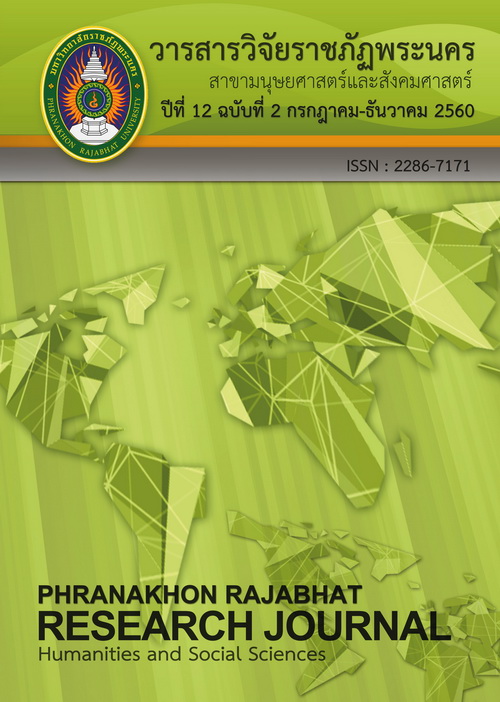การพัฒนาการเรียนรู้เรื่องประจุและชนิดของประจุไฟฟ้า สำหรับนักเรียนระดับชั้นมัธยมศึกษา โดยใช้กระบวนการจัดการเรียนรู้แบบสืบเสาะ
Main Article Content
Abstract
This paper aimed to develop of learning on electric charges and type of electric charges that employing inquiry based instruction technique to high school students. The active learning kits covered two main points consisting of electric charges and types of electric charges with three items of demonstrations e.g. “Static electricity magic”, “How to make the lamp illuminate without plugging in” and “When to attract or repulse using Versorium”. This demonstrations were designed according to the 5E learning cycle including: 1) forming questions from engaging electrostatic phenomena and then linking to the principal concept;
2) designing an experiment to investigate the questions; 3) encouraging the students to provide explanations to support the experimental results; 4) elaborating the relevant facts/details for the students to expand their knowledge and; 5) preparing an assessment and evaluating students’ understanding. The learning kits were performed on three groups of 6-7 high school students from Darunsikhalai school of King Mongkut’s University of Technology Thonburi. It was found that the students had understanding on electric charges and types of electric charges and developed their learning skills, for instance, the skills to form meaningful questions, observing the experiment carefully, analyzing and synthesizing their own understanding that comply with the principal concept. The students had positive attitude towards the subject taught.
Moreover, some students can linked their knowledge to understanding phenomena in nature.
Article Details
Each publish articles were copyright by Phranakorn Rajabhat University
Any contents which appeared in each articles in the journal were authors personal opinion. It did not relate to Phranakorn Rajabhat University and other instructors in the university. Each authors would take responsibility on their articles. If there are any mistake, the authors will take responsibility themselves
References
inquiry-based instruction. Master of Science (Physics Education). Faculty of Science, King Mongkut’s University of Technology Thonburi. (in Thai)
Integrative Graduate Education and Research Traineeship (IGERT). (2015). Major research efforts. Retrieved
January 10, 2015, from http://ciber. berkeley.edu/IGERT/?page_id=51 Coe, M.A. (1989). The 5 E learning cycle
model: adapted from Bybee, R.W. et.al. Retrieved from http://www.ecapteach.com/survival%20traiining/
lesson_16/5E_lcycle.pdf. Ministry of Education, Office of the Basic
Education Commission. (2008). The basic education core curriculum B.E. 2551 (A.D. 2008) Retrieved
October 8, 2015, from http://math. ipst.ac.th/wp-ontent/uploads/2015/PDF/Curriculum%202551.pdf. (inThai)
Musikul, K. (2014). Scientific inquiry. Retrieved January 15, 2016, from http://earlychildhood.ipst.ac.th/
archives/53. (in Thai)
Panich, V. (2013). Enjoy learning in 21st century. Bangkok: S. R. Mass Printing ProductsCo., Ltd. (in Thai)
Rincon, P. (2012). The real Spider-Man: stickiness goes to the next level., BBC News website, 8 November
2012, Retrieved January 10, 2015, from http://www.bbc.com/news/science-environment-19875247
Padilla, M.J. (2009). Science explorer: Physical Science teacher’s edition. USA: Pearson Education Inc.
The Institute for the Promotion of Teaching
Science and Technology. (2012). Professional science teacher: approaches to learning and teaching effectiveness. Bangkok: Intereducation Supplies Co., Ltd. (inThai)
Yingprayoon, J. (2014). Enjoy electrostatic. Retrieved March 20, 2015, from http://www.neutron.rmutphysics.
com/science-news/index.php? option=com_content&task=view&id=1706&Itemid=4. (in Thai)


